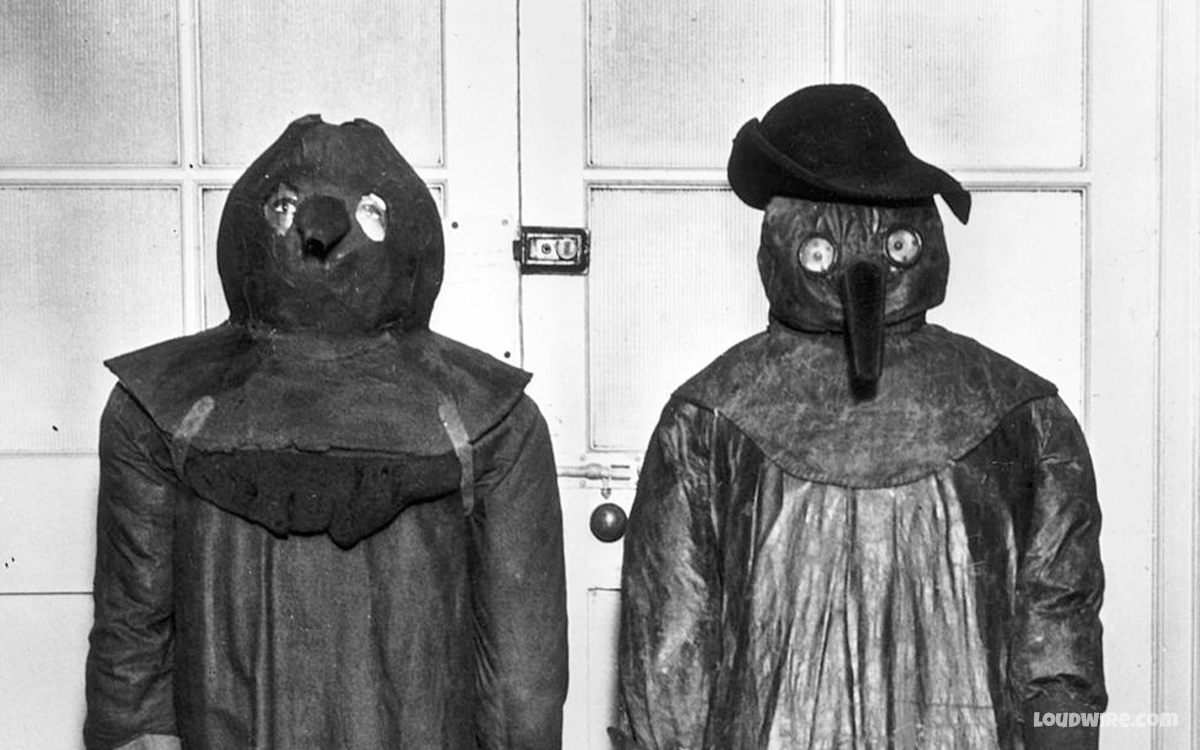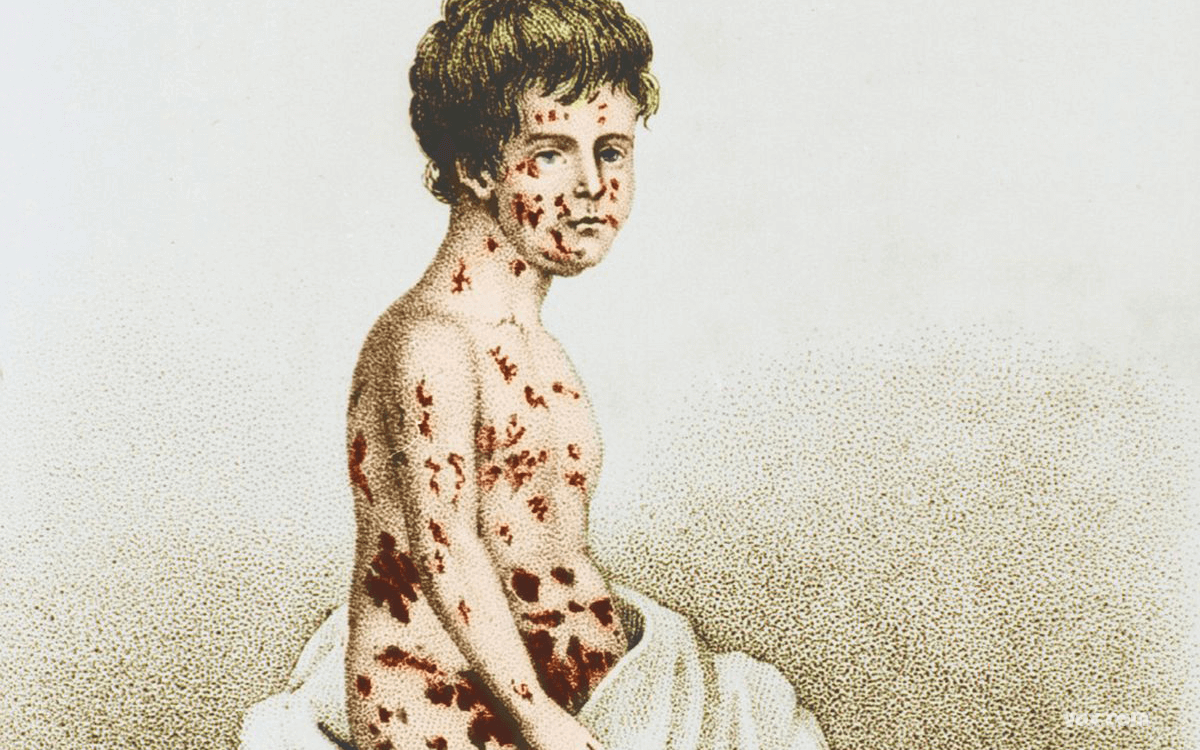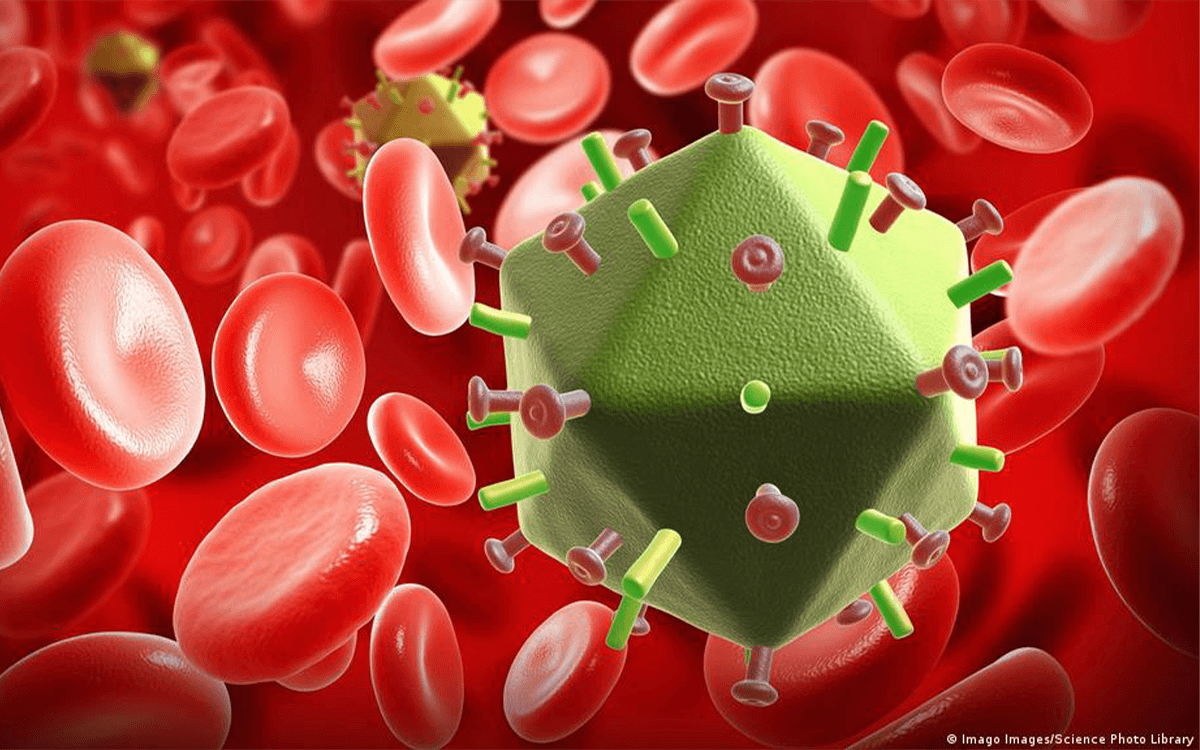Throughout history, humanity has faced countless bloody wars, natural disasters, and civilization eradicating calamities. The only thing that has rivaled the unprecedented havoc of these occurrences is our struggle to combat the death and illness brought upon us by an invisible enemy including viruses, bacteria, and other microorganisms that have toppled entire societies and changed people’s lives forever. Ironically, it is these little creatures that have pushed humanity to certain critical medicinal breakthroughs and discoveries.
The diseases brought on by these little creatures have caused death and ruin, sparing no one, rich or poor, and eliminating massive population percentages throughout recorded human history and even prehistoric times. Join us for a terrifying history of the world’s most brutal epidemics and pandemics.
Epidemic vs Pandemic
In recent years the term “pandemic” has been used often, but some people believe that it is a synonym for an epidemic. This is not, however, a case of a difference without a distinction. Before we get to our list, let’s clearly define what each of those terms means.
An epidemic is a localized disease , meaning that it infects a localized geographical area such as a city or a country. A pandemic is a disease that crosses geographical boundaries, infecting either an entire continent, hemisphere, or the world. Now that we cleared that up, let’s talk about them.
TOP 10 worst pandemics in history
1. Black Plague, worst pandemic

When: 1333 to 1351 A.D. Where: Asia and Europe. Death Toll: 50 million.
The bubonic plague, commonly referred to as the black plague, was hands down the worst pandemic to hit 14th century Europe. It came from the transmission of a bacteria classified as Yersinia pestis and was carried by rodents, namely rats. When fleas would bite the infected rats, they would then leap onto humans and bite them, transmitting the bacteria across species.
While rats have a higher tolerance for these microbes, human bodies responded very poorly. The transmitted disease caused lymph nodes to be inflamed, followed by tremors, headaches, fevers, apathy, and localized pain. Without treatment such as antibiotics, which were not an option at the time, 60% of those infected would succumb to death. All in all, it was thought to have wiped up 50 million people, a number roughly comparable to a third of the European population at the time.
Recognizing that unsanitary living conditions and poor hygiene greatly increased the risk of the disease, cities fought through this very dark 18 years period by improving sanitation efforts and exterminating a large number of urban rats.
2. Cholera, worst pandemic

When: 1817 – 1824. Where: Globally. Death Toll: Hundreds of thousands.
While evidence of cholera has been found to exist from the 8th century B.C. all the way to the 6th century A.D, the disease really hit the world on a global scale in 1817. Over the centuries, Vibrio cholera, the bacteria responsible for cholera, underwent multiple mutations, and in 1817 it unleashed its first global pandemic.
Cholera is transmitted through the consumption of contaminated food or water. The disease basically entails multiplying toxic bacteria in the intestines. The released pathogen leads to severe cramps, nausea, and intense diarrhea. The unfortunate victim of the disease essentially perishes from dehydration, with death sometimes occurring in as little as 12 to 24 hours after initially becoming ill.
While a vaccine is available, it is of relatively low efficacy (only about 50%) in immunization. Antibiotics can help, but they must be consumed quickly. Most of the combating of this awful disease is done by optimizing filtration systems. While it is much less prevalent globally now, certain underdeveloped countries are still dealing with its devastating effects. Haiti was hit very hard by a cholera epidemic in 2010, while Yemen lost as many as 40,000 people to the disease as recently as 2019.
3. Tuberculosis, worst pandemic

When: 1850 – 1950. Where: Global. Death Toll: 1 billion.
Tuberculosis has been with humanity for quite a while, evidenced by its affliction on humans as confirmed by 7,000-year-old skeletons. It is highly contagious and typically transmitted through inhalation of droplets containing Koch bacillus, the pathogen that causes the disease, from coughing, sneezing, or speaking by an infected party.
The signs of the disease are indicative through increased mucus production, upwards of two weeks of coughing, exhaustion, chest pain, lack of appetite, fever, and, in the most severe cases, coughing up blood. Such was its effect on humanity that once the pathogen was identified in 1882, the fight against the disease became more prominent. While much of its effects have been quelled, in recent decades, the number of cases in poorer countries, like those lacking access to the antibiotic that cures a patient in 6 months, has begun to rise.
4. Smallpox, worst pandemic

When: 1896 – 1980. Where: Global. Death Toll: 300 million.
Smallpox has plagued humans for well over 3,000- years, affecting an estimated 300 million people throughout its existence, including Queen Mary II, King Louis XV, and even Ramesses, the infamous Egyptian Pharaoh.
The contagious disease was spread from person to person over the air, specifically by inhaling droplets of the virus. The symptoms included rashes in the throat, on the face, and mouth, as well as a fever. However, once the vaccine was discovered in 1796, the world was able to push the disease out of existence. Though it took almost 2 centuries, a mass vaccination effort finally eradicated smallpox out of existence in 1980.
5. Spanish Flu, worst pandemic

When: 1918 – 1919. Where: Global. Death Toll: 20 million.
Though its name would lead one to believe that the Spanish Flu originated in Spain, its first reported case was in Kansas at Fort Riley, afflicting a patient named Albert Gitchell. China is another strong possibility as a source of this virus. The virus became pervasive around the world at the tail end of World War I, due to the massive exposure of soldiers in certain parts of the world to each other.
The Spanish flu hit in three waves, with the second being regarded as the most contagious and the most deadly of the triad. Scientists at the time were not aware of what was causing the disease, but they were limited by rudimentary microscopes that constrained their ability to truly research it. The inability to combat it, allowed the virus to dominate the globe between 1918 and 1919.
Much like other viruses of its type, this influenza variant was spread through people inhaling droplets expelled from coughs, sneezes, and during speeches from infected persons. It caused severe swelling of the lungs, intense aches in the head and body, and dangerously high fevers. The flu has not left us, still lingering, killing thousands every year. The Spanish flu was a particularly devastating strain, setting off a global pandemic, but it has continued to change and evolve. While vaccines address the known flu strains, they are nowhere near 100% effective as the strains of the flu continue to mutate.
6. Typhus, worst pandemic

When: 1918 – 1922. Where: Russia/Eastern Europe. Death Toll: 3 million.
After the devastation of the First World War, the poverty-stricken European continent was conditioned for multiple diseases to attack it, and Typhus was one of the deadliest that struck. Wars were typically linked to environments that allowed a proliferation of diseases, but in this case, many displaced rats, traveling through a precarious sanitation network spread the disease across the Eastern European continent through the fleas they carried, particularly in Russia.
Rickettsia, the bacteria type that causes typhus, enters the human bloodstream when a flea from a diseased rat bites a human, causing irritation that the human scratches, permitting the infected flea feces to enter the bloodstream. Its effects are felt as fever, delirium, head, and joint pain, as well as hemorrhagic rashes. Luckily, these days antibiotic treatments exist.
7. Yellow Fever, worst pandemic

When: 1960 – 1962. Where: Ethiopia. Death Toll: 30,000.
The Flavivirus has been responsible for causing epidemics in the Americas and Africa, with evidence suggesting that the pathogen responsible for causing Yellow Fever appeared in the latter 3,000 years ago. The virus has two variations, the wild one and an urban one. Its transmission is carried out by mosquitos who consume the blood of the infected before biting another person.
Yellow fever’s symptoms can vary depending on the person, with around 85% of patients being able to recover in three to four days, though the list of symptoms they experience during the time includes fatigue, nausea, vomiting, fever, and diarrhea, making it a less than joyous experience. In the other cases, the symptoms can be more severe, leading to death. Fortunately, a vaccine has been developed and can be provided for anyone over a year old, with a re-vaccination being necessary once per decade.
8. Measles, worst pandemic

When: Start uncertain – 1963. Where: Global. Death Toll: 6 million/year.
Until the discovery and application of the vaccine in 1963, measles was one of the leading causes of infant mortality around the world. Its highly contagious nature triggered small red spots or rashes on the skin, malaise, headaches, fever, and airway inflammation. The virus responsible (Morbillivirus) is believed to spread through saliva from infected people to uninfected ones.
Luckily, in 1963 discovery of the vaccine, and its eventual improvement allowed many countries around the world to eradicate the virus entirely.
9. Malaria, worst pandemic

When: 1980 – Present. Where: Primarily tropical environments. Death Toll: 3 million/year.
Plasmodium, the protozoan that causes one of the worst parasitic diseases humans have had to combat in history, was discovered in 1880. Second only to AIDS, the disease is considered the worst parasitic affliction in the world, primarily affecting tropical regions. The devastating disease annihilates red blood cells and liver cells, as well as degrading arteries that transport blood from organs to the brain.
The carrier of the pathogen is the Anopheles mosquito, with the bites transmitting to the victim the virus picked up from drinking from the infected. Malaria’s symptoms include intense sweats, tremors, chills, headaches, and fever. Unfortunately, there has never been an effective vaccine for malaria developed, so only the symptoms are treated with various drugs. Many global efforts have invested in providing high-quality mosquito nets to affected tropical regions which would reduce the disease’s prowess by keeping mosquitos away during the night.
10. AIDS, worst pandemic

When: 1981 – Present. Where: Global. Death Toll: 22 million.
AIDS has been considered a global epidemic by the World Health Organization since its identification in 1981 in the US. The virus’s transmission is generally sexual, but can also be transmitted through blood (alongside vaginal discharge, semen, and breast milk).
The HIV virus, the pathogen that causes AIDS, is an immunodeficiency virus, which attacks the immune system, decreasing its ability to naturally defend itself against other diseases. The fragile body is then left to be fair game for any other bacterial, viral, parasitic, or cancerous affiliations that it cannot fight off effectively. It is important to note that being tested positive for the HIV virus does not actually mean that the patient has AIDS.
Sadly, humanity still has not unlocked the cure to defeat this disease. Without a cure, medicine is left to treat the body with drug cocktails that reduce the chances of the virus multiplying, but a method for eliminating it from the patient’s body (a cure) does not exist at this time.
Conclusion:
pandemics have been a recurrent and devastating aspect of human history. The top 10 worst pandemics in history have claimed countless lives, caused widespread suffering, and had long-lasting impacts on society. From the Plague of Justinian to the Spanish Flu, these pandemics serve as a reminder of the fragility of human existence and the importance of being prepared for future outbreaks. It is crucial that we learn from the past and take necessary measures to prevent and mitigate the effects of future pandemics.
Since you have finished reading this amazing article of the TOP 10 worst pandemics in history that will shock you, we suggest to you to check this amazing TOP 8 Accounts Of Werewolves Throughout History That Seem Oddly Real
Frequently Asked Question:
what’s the worst pandemic in history?
The worst pandemic in history is widely considered to be the Spanish Flu, which occurred in 1918-1919 and infected an estimated 500 million people worldwide, or about one-third of the global population at the time. The Spanish Flu caused widespread death and illness, killing an estimated 50 million people, which was more than the number of fatalities in World War I.
is covid the worst pandemic in history?
The COVID-19 pandemic, caused by the SARS-CoV-2 virus, has caused widespread illness and death worldwide and has had a profound impact on societies and economies. However, it is too soon to definitively determine if COVID-19 is the worst pandemic in history as the pandemic is still ongoing and its full impact is yet to be seen. While the COVID-19 pandemic has caused significant illness and death, other pandemics such as the Spanish Flu in 1918-1919 and the Black Death in the 14th century have also caused widespread suffering and death on a massive scale.





